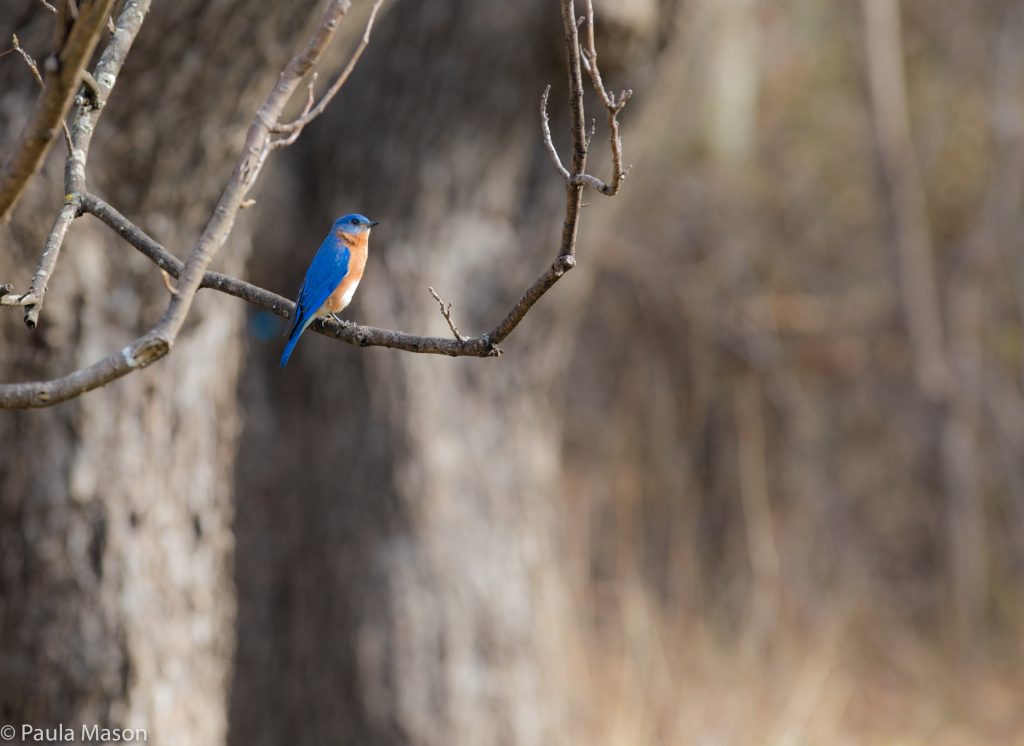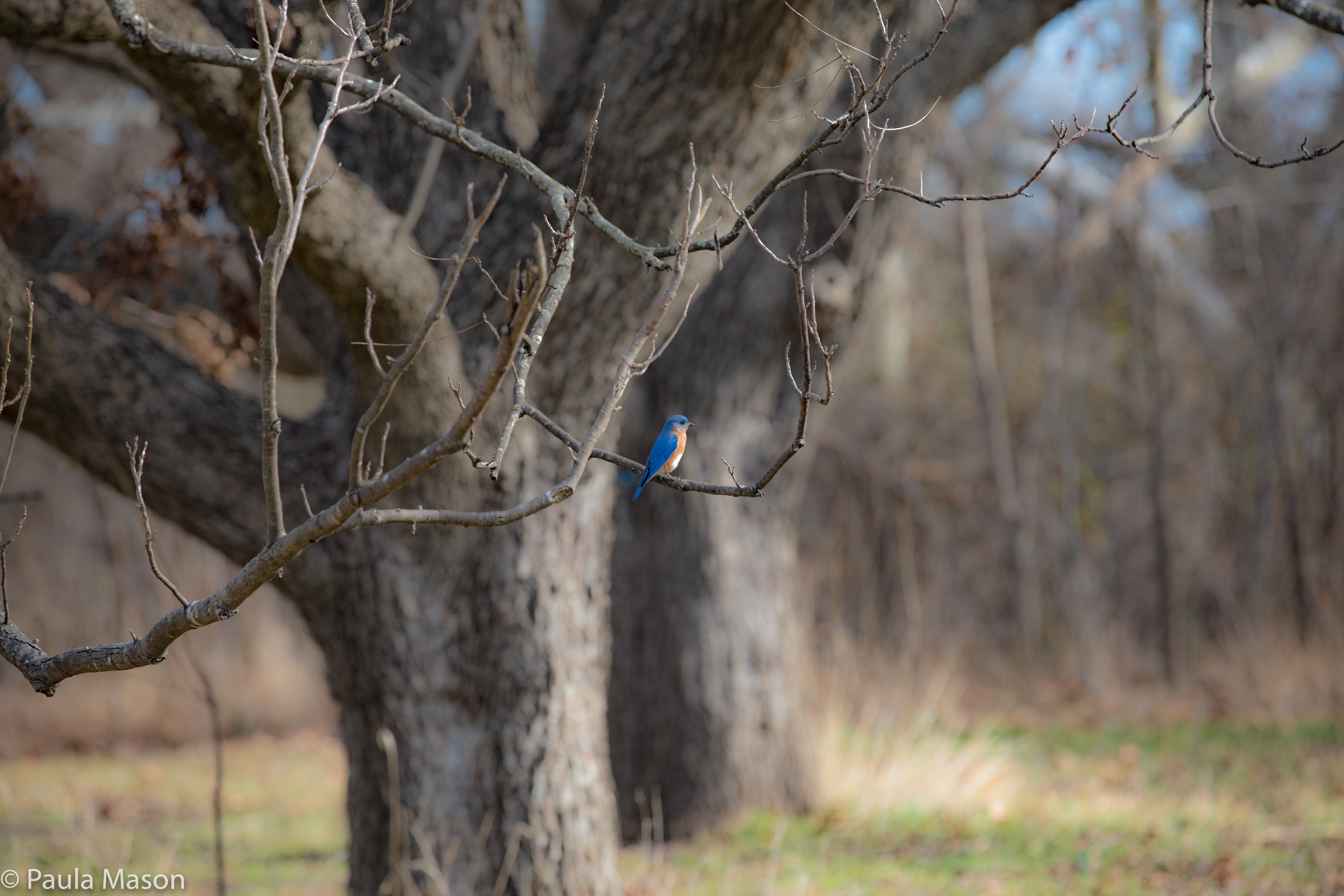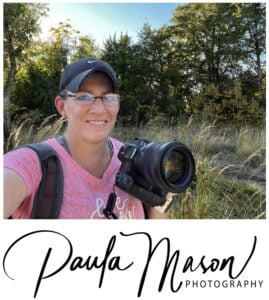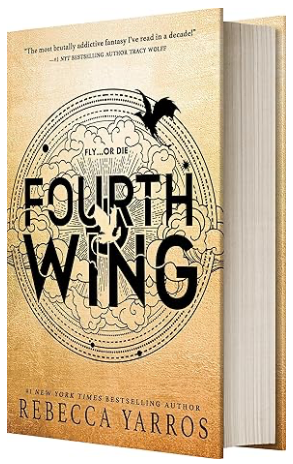The Eastern Bluebird. One of my new discoveries. My adventure over to Connemara Conservancy this last time was amazing. I discovered the Eastern Bluebird. What is Connemara Conservancy, you ask? Well, you can read all about Connemara in my post titled Connemara Conservancy…A Wonderful Hidden Gem in Collin County.
The short version is this…Connemara is a little slice of wilderness right here in the middle of Allen! It is 72 acres of birds, trees, cute little field mice being chased by hawks, an occasional Blue Heron, and much, much more! And just what is an Eastern Bluebird, you ask? Well friends…read on!
On my last birding adventure there, I came across a new little bird that I had not seen before…ever! I was creeping down the trail trying not to scare the birds away, when CRUNCH! I stepped right on a very brittle stick that cracked in half, making a noise that I’m sure you could hear all the way down in Dallas. Well…that woke up all the birds in the giant, creepy tree that I was approaching, and off they flew.
Of course my camera was not ready to shoot pictures. In fact, I had not even turned it on yet. So I stood there watching all the beautiful birds fly away from where I was standing. One of them in particular caught my eye. Its wings were a very bright and vivid blue color, but I could tell that it was not a Bluejay. I am not confident at all in my bird identification skills, but I was certain that the little bird who had just flown past me was not any bird I had seen in my yard before.
I followed the bird until it landed, and quietly began my journey to try and get closer to it. At least close enough so I could get a shot of it with my favorite zoom lens, the Canon 70-200 L Series Zoom. Guess what…I avoided all crunchy leaves and dead sticks this time, and I was able to get close enough to get a pretty decent shot of my new favorite feathered friend.

Just look at those colors! See why he caught my eye? No Lightroom needed for this little guy! He’s beautiful just the way he is.
I had gotten my first sighting and photo of an Eastern Bluebird. I did not know that’s what I had discovered at the time of the photo, but I was very excited about finding this bird with such beautiful colors. As I got closer, I realized that this bird not only had a beautiful shade of blue, but on the front of its little body was a very pretty reddish/orange color.
I watched this bird for a long time, and I got lots of great shots of him and his buddies. There were a few of them that I saw while at Connemara, but I’m sure there were many more hiding out in the trees waiting for me to get out of their space.
As soon as I got home, I sent the picture to my “bird whisperer” friend for identification. Like always, she came through for me, and told me I had found an Eastern Bluebird. Not a big deal for a real bird whisperer like her, but for a beginner who knows nothing like me, it was very exciting. Even more exciting because the pictures were in focus!
What is the Eastern Bluebird?
After watching this beautiful bird for about an hour, I decided to Google him and see what he’s all about. I found out a lot of things about this guy! The Eastern Bluebird is a small thrush, and is usually found in open woodlands, farmlands, and orchards. This wonderfully, colorful bird is the state bird of both Missouri and New York.
Eastern bluebirds are very social birds. Sometimes, they gather in flocks of a hundred (or even more). These guys can live from about 6-10 years, but many of them die within their first year of life from starvation, freezing (for the young bluebirds), or threats from other animals (sometimes humans). I’m hoping that my new friend lives a nice long 10 years at his home in Connemara!
I’m also hoping that someday, he finds his way to my feeders and decides that my backyard isn’t so bad. Maybe he’ll invite some of his friends to take up residence in my backyard as well. Who knows??
Habitat
The picture I took was taken in a nice open grassy area with lots of trees around the perimeter. You can hike along the edge, like I was, or you can go roam through the open fields. Because I was specifically looking for birds, I stayed close to the edges.
Eastern Bluebirds live in open country around trees, but with little understory and sparse ground cover. Original habitats probably included open, frequently burned pine savannas, beaver ponds, mature but open woods, and forest openings. Today, they’re most common along pastures, agricultural fields, suburban parks, backyards, and golf courses.
Feeding Behavior
Eastern Bluebirds do a lot of foraging by perching low and fluttering down to ground to get their food. They often hover to pick up items rather than land. Can you believe these little guys can also catch some of their meals in mid-air? Impressive, right? I did not witness that while I was watching them, but there was about 5 or 6 of them close by, and they all kept going to the ground to look around.
The Eastern Bluebird’s diet mostly consists of berries, but they also feed on a wide variety of insects, such as crickets, grasshoppers, beetles, and others. In the winter, they mostly eat berries.
Nesting
In the world of the Eastern Bluebird, when the male is courting, he may sing and flutter in front of the female with his wings and tail partly spread. They perch close together, and pairs may preen each other’s feathers, and sometimes, the male may feed the female. Typically, they place their nests in a cavity of a tree, in an old woodpecker hole, or in a birdhouse.
Nests are usually fairly low, ranging between 2 and 20′ above the ground, occasionally up to 50 feet. Their nests are usually built by the female, and it is a loosely constructed cup shape of weeds, twigs, and dry grass, lined with finer grass, animal hair or feathers.
I haven’t seen one of their nests before, but now that I know what I’m looking for, I just might get lucky and find one.
So there you have it. That’s what I learned about my new little friend, the Eastern Bluebird. Isn’t he precious? I’ll let you know if any of them decide to make my backyard their home. Nothing would make me happier! Keep taking pictures and having fun. Until next time…
[amazon_link asins=’0811727459′ template=’ProductCarousel’ store=’ballcapmomcom-20′ marketplace=’US’ link_id=’4ac91661-e1a3-11e6-9e63-eb01a2ed1575′]





